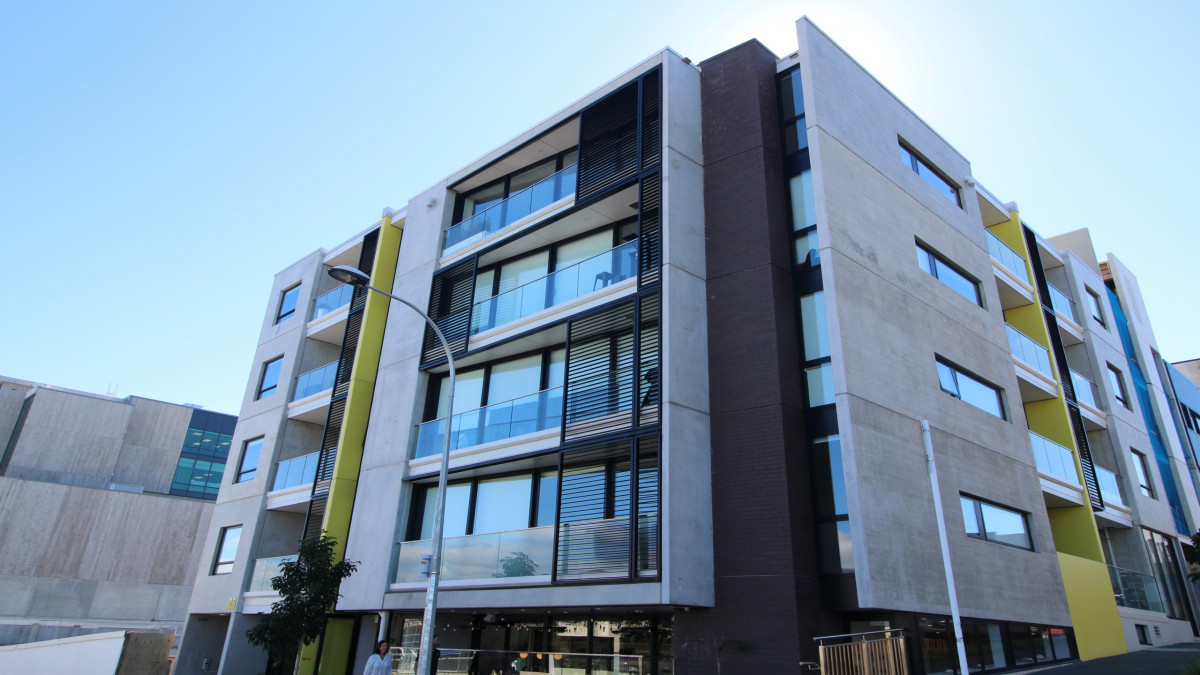Since the devastating tragedy of the Grenfell tower fire in 2017, cladding issues have been highlighted across thousands of properties in the UK. An investigation of the fire that took the lives of 72 people and had devastating effects on the lives of thousands of others, has shown that the materials used for the cladding were the ‘primary cause’ of the rapid fire spread.
As we approach the five-year mark since the fire happened, many flat owners of the buildings that have been recognised as having cladding issues remain in limbo and have become what many have described as ‘mortgage prisoners’.
Leaseholders have been left with no clear guidance from the Government, being steered towards conflicting information on what their options are with a property they feel unable to sell. Many have been left feeling trapped and the negative effects on the mental and physical health of these individuals are rapidly deteriorating as time goes on, with support for moving forward still not forthcoming.
The current advice from Mr Gove (the current Secretary of State for Levelling Up) as of January 2022 is that no leaseholder living in their own flat will have to pay a penny to fix the cladding issue and the old, proposed loan scheme for leaseholders in medium-rise flats will be scrapped. Mr Gove has launched a building safety pledge to pay towards the estimated £4 billion cost to fix the dangerous cladding on tower blocks and to date, some of the biggest housebuilders in the country have signed up to this.
However, there is still no clarity on a timeframe for the repair work to be completed. At present, it could potentially take months or even years to organise relevant inspections which could include boring holes in the roof or internal/external structure of the building. From there, it will take even longer for the reports to be collated, quotes to be obtained and of course for the work to be carried out.
Whilst the news regarding the costs is welcomed by leaseholders who were initially advised that flat owners were going to have to cover the costs of the large remedial works bills through hikes in annual service charge payments, there are still many unknowns. This uncertainty goes beyond the property owners, others in the house buying chain such as solicitors, estate agents and financial advisors are also trying to navigate the current requirements and without the experts having the answers, it makes it even harder for homeowners.
So, whilst we continue to wait for further and clearer guidance, what support and options are available for property owners with cladding and EWS1 form issues?
For homeowners looking to sell a property with EWS1 form issues, it is still possible to safely, and responsibly do this.
The first step is to determine whether there is currently an EWS1 form available and if there is, it’s important to ask to see a copy. If the rating is A1 or A2 then the likelihood is, a buyer will be able to get a mortgage on the flat. Of course, this will depend on the lender, however, a mortgage broker should be able to provide the support required to find the most suitable lender for this.
For owners with properties in blocks of 18 metres or more in height, the majority of lenders will now want to see the EWS1 (External Wall System 1) form. In fact, 50% of all mortgage applications for properties in building of seven stores or more in Q3 and Q4 of 2021 required sight of an up to date EWS1 form that had been signed by a professionally qualified inspector. However, during the same period, the number of lenders who requested an EWS1 form for leasehold flats in lower-rise buildings (one-four storeys) was only 2% so this further confirms much of the restrictions are being implemented by mortgage lenders.
If the rating is B1 or B2 for the EWS1 form then unfortunately the chances do drop dramatically, but rest assured all is not lost. It is worth looking into the fire risk assessment report to understand the severity of the problem and if the freeholder of the building has obtained quotations for rectifying the works. The quotes should then be reviewed to determine how much the works are likely to cost, and how long they will take.
If there is no EWS1 form then again, this is not a deal-breaker for leaseholders looking to sell and there are still options depending on the structure and height of the building.
It is important that the homeowner gets the best advice from the correct professional such as auctioneers, chartered surveyors, fire risk assessment officers and solicitors. Professionals in these roles are all well placed to give unbiased advice on this sensitive topic and the right advice could save the homeowner tens of thousands of pounds when it comes to selling their flat.
Auctions are often the best route of sale for properties facing EWS1 form issues due to the high volume of professional, chain free and cash buyers who purchase via auction, many of whom will take on properties with issues. In my experience, we have sold 100% of lots without EWS1 forms and/or poor ratings and have done so in a safe and responsible way.
The main thing for homeowners to remember is that there are options available, it’s about exploring which route is the best one to take.

